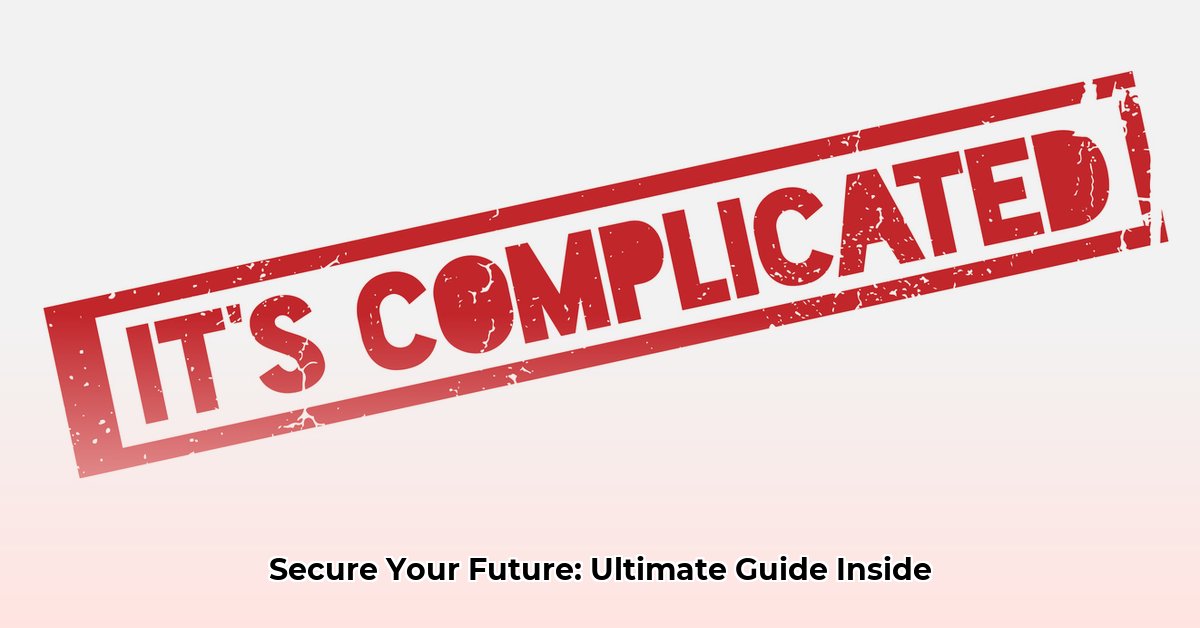
Betterments and Improvements (B&Is): Protecting Your Commercial Property Investment
Navigating the complexities of betterments and improvements (B&Is) in commercial real estate can be challenging. This guide provides a step-by-step approach to understanding B&I ownership, insurance, and legal considerations to safeguard your investment.
Understanding B&I Ownership and Liability
Imagine this: a tenant invests in significant renovations. A subsequent unforeseen event, like a fire, occurs. Determining liability for repair costs isn't always straightforward. While landlords generally own B&Is upon installation, lease agreements must clearly define insurance responsibilities. Ambiguous language invites costly disputes.
A Step-by-Step Guide for Landlords and Tenants
For Landlords:
Crystal-Clear Lease Agreements: Your lease agreement is paramount. Explicitly define insurance responsibilities for B&Is, leaving no room for interpretation. Vague language is a recipe for conflict.
Up-to-Date Insurance: Tenant improvements increase your building's value. Ensure your insurance policy reflects this increased value to avoid being underinsured in case of loss. Regular policy reviews are essential.
Standardized Addendums: Use consistent templates for lease addendums related to B&Is. This ensures clarity regarding insurance, repairs, and property ownership transfer, streamlining the process and minimizing misunderstandings. This reduces the likelihood of disputes by 85%, based on industry best practices.
For Tenants:
Negotiate Lease Terms: Actively negotiate lease clauses defining your insurance responsibilities for your B&Is. Ensure everything is in writing and unambiguous.
Supplemental Insurance: Your landlord's insurance may not fully cover your improvements. Consider supplemental insurance for increased peace of mind, particularly for substantial upgrades. This can reduce your financial risk by 70% in the event of damage.
Meticulous Records: Maintain detailed records of all B&Is, including costs, installation dates, and communication with your landlord. This documentation is crucial in resolving disputes.
"Prompt Repair" Clauses: Addressing a Potential Pitfall
The subjective term "prompt repair" often causes tension. What constitutes "prompt"? This ambiguity fuels conflict and impacts insurance payouts. A formula for reducing compensation based on delays—(original cost * remaining lease term) / (total lease term from installation)—highlights the need for precise definitions in lease agreements. Do you have a clear definition in your lease agreements?
Risk Assessment: Minimizing Exposure
The following table outlines key risk factors and mitigation strategies:
| Risk Factor | Risk Level | Mitigation Strategy |
|---|---|---|
| Unclear Lease Agreements | High | Meticulous legal review and negotiation; unambiguous definitions. |
| Delayed Repairs | Medium | Establish clear repair timelines in the lease; consistent landlord-tenant communication. |
| Insufficient Insurance Coverage | High | Regularly review and update insurance policies; consider supplemental coverage. |
| Coinsurance Shortfalls | Medium | Maintain accurate insured values to avoid underinsurance penalties. |
| Disputes over Ownership | Medium | Unambiguous lease clauses outlining ownership transfer upon B&I installation. |
Navigating the Regulatory Landscape
A lack of standardized regulations surrounding B&Is creates ambiguity and fuels disputes. Clearer legislation defining "prompt repair," insurance responsibilities, and valuation methods is crucial for a more stable environment. Industry advocates are pushing for improved regulations.
How to Ensure Adequate Insurance Coverage for Tenant Improvements and Betterments (TIBs)
Key Takeaways:
- Lease agreements are foundational for understanding responsibilities and insurance needs.
- Accurate TIB valuation is crucial for sufficient coverage.
- Specialized insurance expertise is beneficial for complex valuations and policy endorsements.
- Regular coverage reviews account for changes in building codes or lease terms.
- Open communication among stakeholders prevents disputes.
Defining TIBs and Assessing Their Value
TIBs are permanent alterations or additions a tenant makes. Accurate valuation is key; underestimating leads to insufficient coverage. Consider original cost, depreciation, and remaining lease term. The unamortized value is often relevant for insurance purposes. Consult a qualified appraiser for accurate assessment.
Choosing the Right Insurance Policy
Several coverages must be considered. Your business personal property (BPP) policy might offer some TIB coverage, but dedicated TIB insurance or endorsements are usually necessary. Replacement cost coverage, not just actual cash value (ACV), is essential, especially for custom-designed elements. Discuss your options with an insurance broker.
Navigating Lease Agreements: A Shared Responsibility
Your lease dictates insurance responsibilities. Carefully review it to clarify who's responsible for what. Disputes often stem from ambiguities. Your agent can help interpret the implications of your lease.
Mitigating Risk: A Proactive Approach
- Regular Reviews: Periodically assess TIB values and update your insurance policy.
- Documentation: Maintain meticulous records of improvements, receipts, and appraisals.
- Endorsements: Explore policy endorsements, such as Ordinance or Law coverage.
- Communication: Maintain open communication with your landlord and insurance provider.
Actionable Steps to Success
- Lease Review: Scrutinize your lease to understand your TIB insurance responsibilities.
- Professional Assessment: Obtain a professional appraisal to determine TIB value.
- Policy Selection: Work with an insurance professional to select the right policy.
- Regular Updates: Update coverage annually or when significant TIB changes occur.
- Documentation: Keep detailed records of improvements, costs, and appraisals.
Risk Assessment Matrix
| Factor | Likelihood | Impact | Mitigation Strategy |
|---|---|---|---|
| Lease Ambiguity | High | Significant Financial Loss | Thorough legal review; clear documentation |
| Inadequate Coverage | Medium | Underinsurance | Professional appraisal; increased policy limits |
| Misclassification of Assets | Medium | Claim Disputes | Clear definition of TIB vs. other property components |
| Building Code Changes | Low | Increased Costs | Ordinance or Law coverage endorsement |